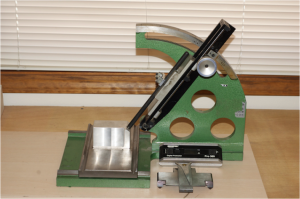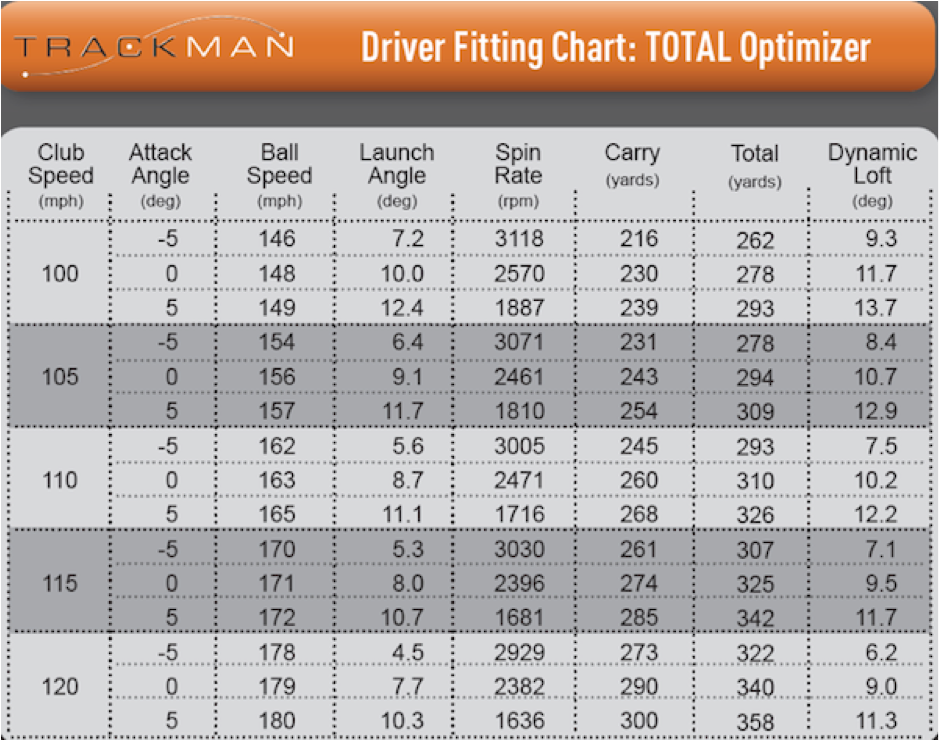This post is the 1st in a series of 7 factors that will help you increase distance off the tee, written by Tom Wishon.
The desire for more distance lives strong in almost every golfer, and nowhere is the desire for more distance stronger within golfers than with the driver. While keeping the ball in play is a key element for playing well, hitting the ball as far as possible also has its perks.
As much as everyone wants to hit the ball 300 yards, there is one cold, hard fact that all golfers have to accept. The single greatest contributor to distance is clubhead speed. Plain and simple, those with the highest clubhead speed hit the ball farther. Just how important is clubhead speed to distance?
For each 1 mph increase in clubhead speed with a driver, carry distance increases by 2.8 yards.
That doesn’t sound like much when you think about only a 1 mph increase in clubhead speed, but it is. The next time you play with a golfer whose driver clubhead speed is 10 mph faster than yours, when the two of you walk to your balls in the fairway you’re going to be 28 yards behind him. That means he also will be hitting 2, 3 and sometimes 4 clubs less into the green for the approach shot. And that’s just for a 10 mph difference in driver clubhead speed.
But don’t get discouraged if you are clubhead speed challenged. Thanks to advances in the custom club fitting technology and the fact that many golfers play with drivers for which they were not correctly fit, within most golfers resides the chance for more distance, not just with the driver but with all the clubs in the bag. When it comes to game improvement through an increase in distance, gaining more distance with the fairway woods, hybrids and irons can have more of a positive effect than gaining distance with the driver.
What are the club fitting specifications that have the most effect on maximizing distance for golfers?
As with each of the game improvement factors, through our research we have been able to identify which fitting specifications have a major effect (“A effect” specifications) and others which have a medium effect (“B effect” specifications) on distance. In addition, some of the fitting specifications show their effect for distance more with one segment of the clubs than with others. In the chart accompanying this article, we have identified which fitting specs have more of a major “A Effect”, which have a medium “B Effect” and which have no effect on distance.
The “A Effect” Fitting Specifications for Distance

With most of the clubs in the bag, the lower the loft angle on the clubhead, the farther the golfer will hit the ball. However as golfer clubhead speed decreases, the loft angle that generates the most distance may be higher than what you’re playing. This is because each golfer’s best loft for maximizing distance with the driver has to be matched to the golfer’s clubhead speed and their angle of attack into the ball.Clubhead Loft Angle
The higher the clubhead speed and more upward the angle of attack, the lower the driver loft should be to optimize the golfer’s potential for distance. And the lower the clubhead speed and/or the more downward the angle of attack, the higher the loft of the driver must be to optimize distance.
The technicians at TrackMan have compiled a series of charts that reveal the optimum launch parameters for distance for different combinations of driver clubhead speeds and angles of attack. The charts below reveal TrackMan’s findings for the optimum launch parameters for TOTAL distance to incorporate a balance between carry distance with a flat enough angle of descent to encourage good roll after landing.
The way the following TrackMan data is used to fit for optimum distance is to find whatever combination of driver loft and shaft will result in launch parameters that are as close as possible to TrackMan’s optimum launch parameters for each combination of clubhead speed and angle of attack.
With respect to each golfer’s optimum loft for maximum distance, fairway conditions must always be considered. As the fairways become more firm and conducive to more roll of the ball after landing, each golfer’s optimum driver loft will be lower by 1 to 3 degrees than their optimum loft depending on the golfer’s clubhead speed and angle of attack.
Serious golfers who play multiple courses with different fairway conditions are wise to keep two drivers in their full complement of clubs, one which has a loft fit to deliver maximum carry distance and a second one with a lower loft to encourage more roll after landing. When playing courses that are wet, lush or have longer grass, the use of the higher loft/maximum carry driver will be better. On courses that are dry, firm and have shorter grass, the lower loft driver will deliver the most distance.
For all golfers, lower loft in the irons will result in more distance. However, lower loft in the irons can bring a decrease in shot consistency. The best way to benefit the most from a distance fitting standpoint with lower loft irons is to be smart about your set makeup. Become aware of the iron loft below which your shot consistency drops significantly. Use hybrids or fairway woods up to that loft, and then irons from that point down.


